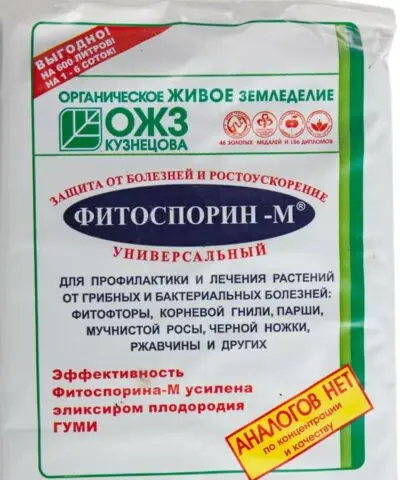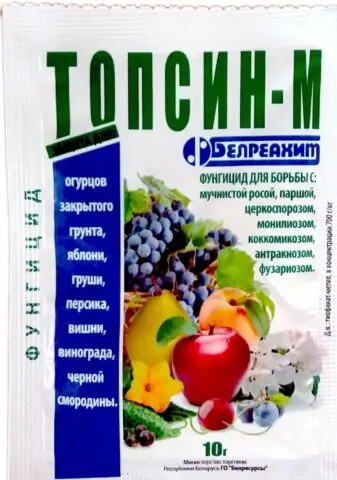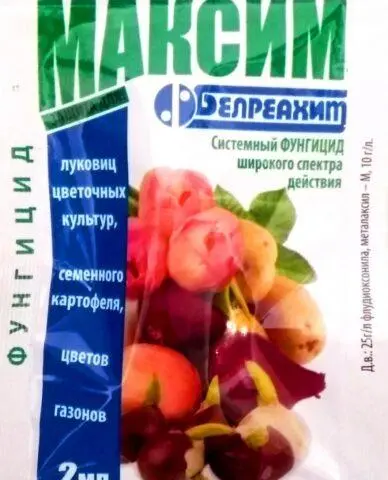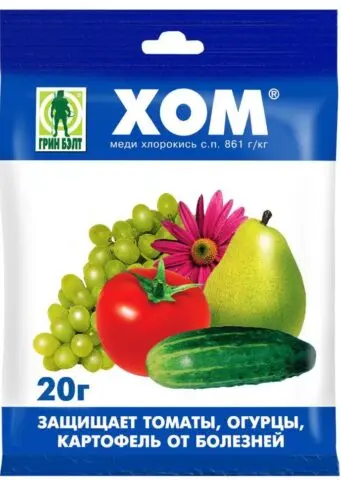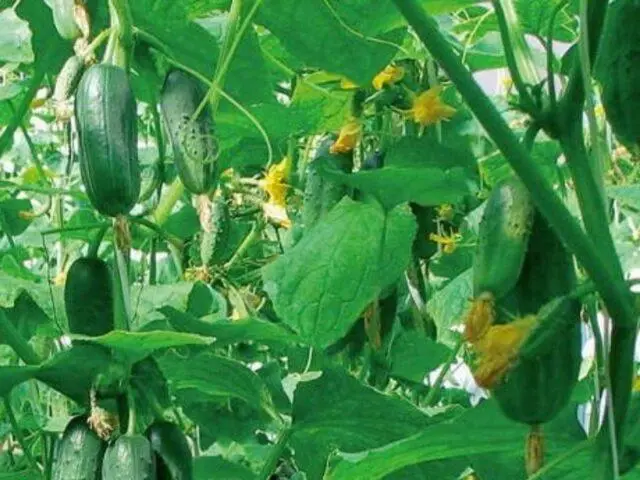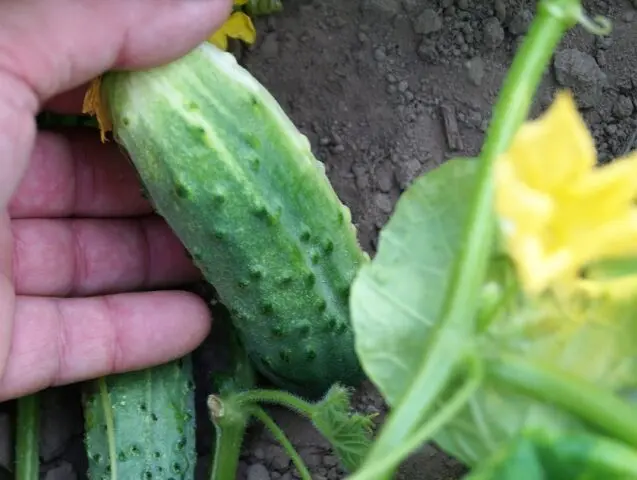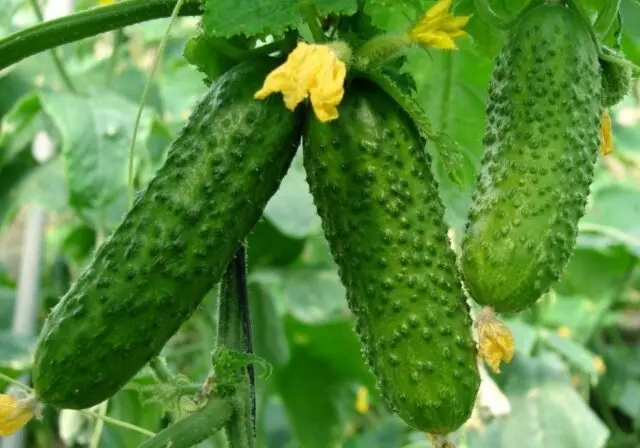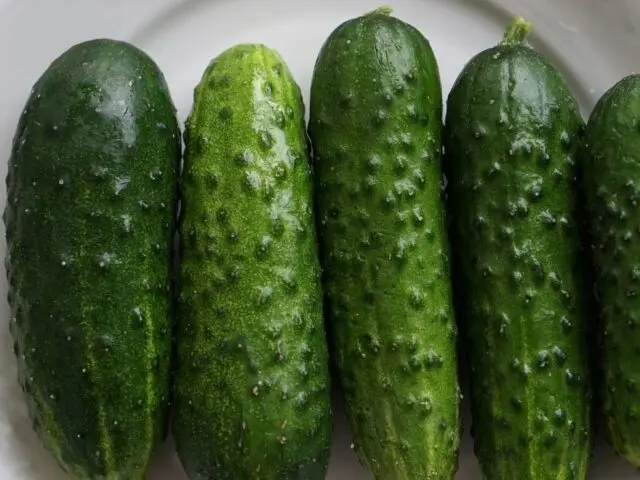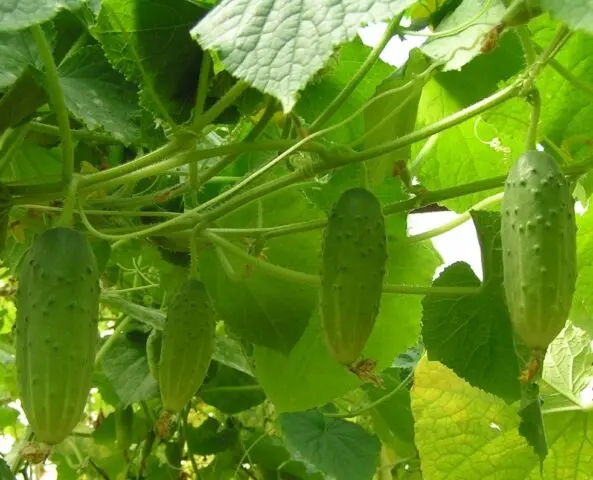Contents
Growing cucumbers in a greenhouse allows you to get a crop much earlier than in open ground. But this process is fraught with certain difficulties. After all, greenhouse conditions are an ideal environment for the reproduction of pathogenic microflora. And if certain preventive measures are not observed, gray rot appears on cucumbers. If you do not start the fight against this fungal disease in a timely manner, then the harvest will be very modest.
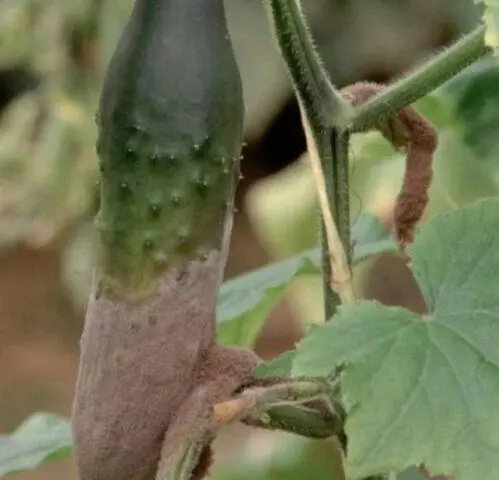
Gray rot can lead to the death of all plants in the greenhouse
What is dangerous disease
Gray rot is a dangerous fungal disease that affects many vegetable crops, including cucumbers. In greenhouse conditions, it especially progresses.
The disease affects the leaves, shoots, flowers and fruits of cucumbers. As a result, they rot. With a massive defeat, the plant dies completely. And pathogens spread to all closely growing crops in the greenhouse.
Causes of gray rot
Certain conditions are necessary for the development of gray rot. The disease begins to progress at a temperature of + 16-18 ° C and high humidity of about 90%. First of all, pathogens affect weakened cucumbers.
Factors contributing to the further spread of gray rot in the greenhouse:
- density of landings;
- sharp differences between day and night temperatures;
- non-compliance with the rules of crop rotation;
- watering with cold water;
- excessive moisture;
- high levels of nitrogen in the soil;
- insufficient ventilation of the greenhouse;
- untimely removal of plant residues.
The causative agent of gray mold
Gray mold is caused by the fungus Botryotinia fuckeliana. It feeds not only on living cells of cucumbers, but also on dead organic matter. The causative agent of gray rot overwinters on plant residues in the soil and greenhouse structures. And with the arrival of spring warmth, its life cycle resumes.
The pathogen enters through microwounds on the shoots and leaves of cucumbers. And also it is able to penetrate the flowers through the pistils and cause rotting of the ovary. Having settled in the tissues of cucumbers, the fungus begins its destructive activity. It releases toxins that cause cell death and disrupts metabolic processes. Subsequently, the affected areas become a breeding ground for the development and reproduction of the fungus. At the end of the growing season, the pathogen, together with plant residues, enters the soil, where its mycelium and sclerotia hibernate.
Signs of gray rot on cucumbers with a photo
The first signs of damage to gray rot cucumbers begin to appear seven days after the penetration of the pathogen into plant tissues. It is at this stage of the development of the disease that it is important to determine the lesion in a timely manner and carry out treatment. In this case, the chances of preserving the future harvest are quite high.

Since the pathogen overwinters in the soil, the first signs appear in the lower part of the plant.
First, you can find a gray coating on the leaves and at the base of the shoot of cucumbers. As the disease progresses, spots with jagged edges of a yellowish-brown hue appear on the affected areas. Subsequently, they increase in size and merge. As a result, the disease rises up the stem, affects not only the leaves, but also the flowers, the ovary of cucumbers.
Fungus spores appear on the affected areas, which spread to all crops in the greenhouse. At this stage, resisting gray rot is already much more difficult.
How to deal with gray mold on cucumbers
Comprehensive control measures should be used to combat this disease on cucumbers. Only in this case it is possible to stop the further spread of pathogenic microflora and save the future harvest.
Folk remedies
To combat gray rot on cucumbers in a greenhouse, it is often necessary to use folk remedies. Since this culture is characterized by early fruiting, the use of chemicals is not always possible. This control method helps to prevent and slow down the development of gray rot.
Effective folk remedies against gray rot on cucumbers in a greenhouse:
- Wood ash. The agent must be sprinkled on the surface of the soil. And also wood ash should be powdered with shoots and leaves of cucumbers against gray rot.
- Iodine. Mix 1 liter of milk and ten drops of the main component. Then add 5 liters of water. Spray cucumbers with the resulting product, spraying it in an even layer on the soil, leaves, shoots.
- Baking soda. Dissolve in 5 liters of warm water 2 tbsp. l. component. Add 100 g of grated laundry soap and mix thoroughly. Process cucumbers with the resulting composition.
- Garlic. To prepare a working solution, it is necessary to grind 200 g of the component and pour 4 liters of warm water, and then insist for two hours. Treat the soil with the resulting mixture. And then add another 1 liter of water and spray it on the shoots and leaves.
Biological agents
Biological products help to cope with the problem and at the same time grow an environmentally friendly crop of cucumbers. But their disadvantage is that they are not able to penetrate into plant tissues and act on the pathogen from the inside. Therefore, their use is justified as a preventive measure and at the initial stage of the defeat of cucumbers in the greenhouse.
Effective remedies:
- Trichodermin. One of the most effective remedies that can be used against gray rot. It is sold in the form of a powder and an aqueous emulsion. Both forms of the drug can be used to treat greenhouse cucumbers from gray rot. The composition includes spores and mycelium of the antagonist fungus, components for the development of beneficial microflora and a vitamin complex. When beneficial microorganisms enter the plant, they displace pathogens by intensive reproduction. To process cucumbers, you need to prepare a working solution based on this drug. To do this, the aqueous suspension should be diluted with warm water at the rate of 10-100 ml per 10 liters, mixed and infused for two hours. When using the powder, initially you need to dissolve 10-100 g of the product in 1 liter of water, hold for two hours, and then bring the volume of liquid to the required level and mix.

Trichodermin is classified as a natural antibiotic
- Fitosporin-M. A biological product containing beneficial bacteria Bacillus subtilis. In the course of their life, they produce antimicrobial fungicidal proteins. Produced in the form of paste and powder. Both forms of the drug are suitable for processing cucumbers in a greenhouse. To prepare a working fluid, you need to dissolve 100 g of paste in 200 ml of water, and then 3 tbsp. l. concentrate add to 10 liters of water. When using powder, it is necessary to dilute 10 g of the product in 5 liters of water. After that, the solution must be infused for two hours to activate beneficial bacteria. Spraying cucumbers is carried out three times with a frequency of 10-15 days.

The active components of Fitosporin-M inhibit the development of pathogens
Chemicals
Chemical agents should also be used against gray rot on cucumbers. Without fear, they can be used for pre-sowing tillage and spraying plants at the initial stage of development. Since by the time of harvest, harmful components are already decomposing into safe compounds.
Effective remedies against gray rot on cucumbers:
- Topsin-M.

Topsin-M is available as a powder
- Switch.

Switch stops the growth of mycelium in plant cells
- Maxim.

Maxim should be used for tillage
- Hom.

Hom is a copper-containing drug
Agricultural practices
You can fight gray rot with the help of agrotechnical methods. To do this, it is recommended to lay mulch at the base of cucumbers when growing them in a greenhouse. This will prevent the increase in moisture levels, which is so necessary for the development of pathogens.
When signs of illness appear on cucumbers, you need to cut off all the affected areas and burn them. And when the plant dies, dig it out along with a clod of earth on the roots and take it outside the greenhouse. It is also recommended to feed cucumbers with potassium sulfide at the rate of 25 g per 10 liters of water to increase their immunity.
preventive measures
In order to subsequently not have to deal with gray rot, it is necessary to adhere to certain rules of prevention. This cannot completely eliminate the possibility of injury, but it can be minimized.
Preventive measures:
- timely removal and burning of plant residues after harvest;
- observance of crop rotation;
- planting cucumbers in a greenhouse at a distance of 20-25 cm;
- mandatory tying of shoots to a support;
- pre-sowing treatment of seeds and soil with fungicides;
- regular ventilation of the greenhouse;
- watering with settled water, the temperature of which is not lower than +18 ° С.
Cucumber varieties resistant to gray rot
There are varieties of cucumbers that have increased resistance to gray mold. However, to maintain their high immunity, it is necessary to follow the rules of care in accordance with the requirements of the culture.
Resistant varieties of cucumbers:
- Rowanberry.

Ryabinushka is a hybrid of medium ripening
- Ideal.

Ideal is not susceptible to low temperatures
- Zhukovsky.

The fruits of Zhukovsky do not acquire bitterness with a lack of moisture
- Caprice.

Caprice is characterized by an accelerated growth rate
- Tanechka.

In case of untimely harvesting, the fruits of the Tanechka hybrid do not outgrow
Conclusion
Knowing how gray mold appears on cucumbers, you can take measures to protect plants. To do this, you should not wait until the first signs of damage appear, but it is better to pay increased attention to prevention. After all, it allows you to prevent the development of pathogenic fungus in the greenhouse and reduces the number of plant treatments during the season. An important role is played by the choice of varieties of cucumbers for the greenhouse, which have increased resistance to gray rot, which makes it possible to grow crops without much difficulty.











